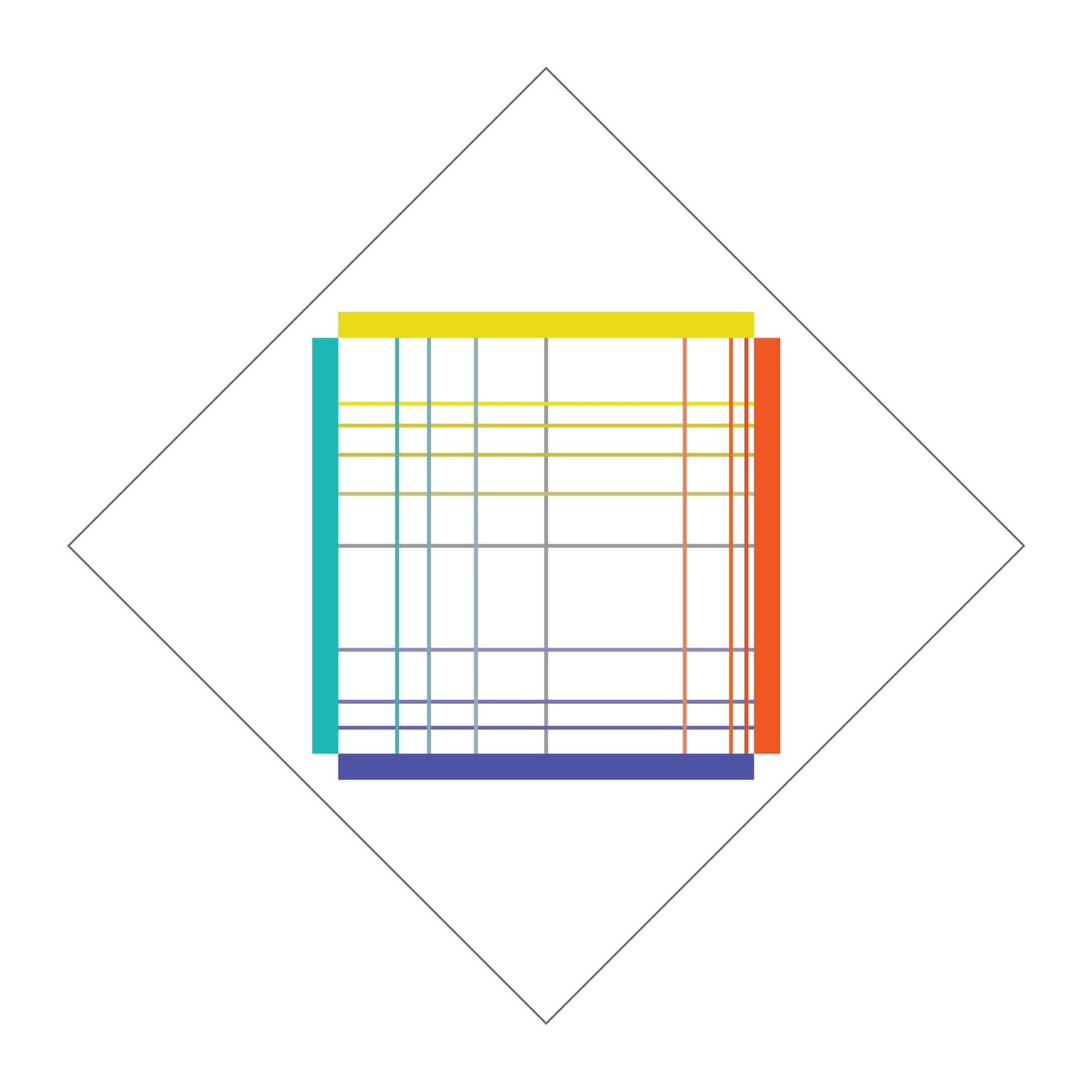James Mai
Artists
James Mai
Professor of Art
School of Art, Illinois State University
Normal, Illinois, USA
Statement
My work follows two primary directions: color-relativity functions and geometric composition. The color-relativity work examines the structures of simultaneous contrast illusions, whereby a constituent color appears to change its identity in different color contexts. Although this is a purely subjective perceptual experience, the principles by which the illusions function are objectively definable, and therefore manipulable by the artist. Usually I compose within a square format divided by Phi ratio, from which are developed rotational, translational, and reflective symmetries. Other geometric compositions are developed upon grids and are organized by sequences, combinations, and permutations of quantities, shape features, and colors. My studio work explores the boundaries and the overlaps between perceptual and conceptual orders, and mathematics consistently has been integral to that exploration.
Artworks

For Zeno (World Directions)
8.5 x 14"
archival digital print
2010

For Zeno (World Borders)
14 x 14"
archival digital print
2010

For Zeno (Flowering)
14 x 14"
archival digital print
2010